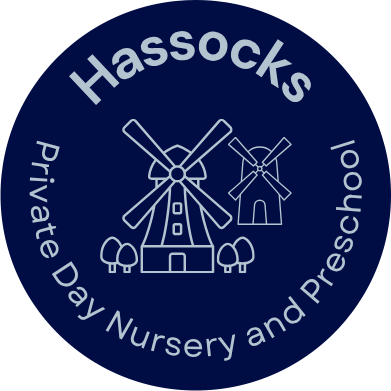Understanding Schemas: How Children Learn Through Play
- Carly S
- Sep 10
- 2 min read
We often talk about how children learn through play and the type of play a child is interested in, often stems from schemas.
What Are Schemas?
Schemas are repeated patterns of behaviour that children naturally display as they explore the world around them. These behaviours might seem random (or even messy!) at first glance—think of a child constantly dropping things, hiding under blankets, or lining up toys—but they’re actually a vital part of brain development.
Schemas help children test ideas, build knowledge, and develop thinking skills in a very hands-on way.
Common Types of Schemas
While we’ll dive into specific types of schemas in future posts, here are just a few you might spot:
Trajectory – throwing, dropping, or watching things move in lines (like pushing a toy car across the floor).
Enveloping – wrapping themselves or objects up (think hiding under a blanket or stuffing toys into bags).
Rotation – spinning wheels, turning objects, or even twirling themselves around!
Connecting – joining things together, or taking them apart—like building and breaking towers.
These behaviours are more than just play—they’re your child’s way of learning how the world works.
Why Are Schemas Important?
Understanding schemas can help parents and educators better support a child’s development. When we recognise the underlying need or interest behind a behaviour, we can offer activities that nurture their curiosity in a safe and meaningful way.
Rather than redirecting a child who keeps throwing toys, for example, we might offer scarves to toss, balls to roll, or water to pour—all of which support the same learning process, but in a more constructive way.
How We Support Schemas at Nursery
At Hassocks Day Nursery, our team is trained to observe and identify schemas during children’s play. We use this knowledge to plan engaging, open-ended activities that build on each child’s interests.
For example, if a child shows a strong interest in the enclosing schema, we might set up a den-building area, or provide materials for wrapping and unwrapping objects. By tuning into these patterns, we help children feel understood—and create learning opportunities that are both exciting and developmentally rich.
Supporting Schemas at Home
Parents often notice schema behaviours at home too! If your child is constantly:
Lining up toys,
Climbing onto furniture,
Pouring water from one cup to another...
...they may be exploring a particular schema.
You can support this by providing safe opportunities to engage in these interests—like offering blocks for stacking, scarves for hiding objects, or opportunities to explore movement in the garden.
Understanding schemas helps take the guesswork out of some puzzling behaviours. It’s not just a phase—it’s how your child is learning.
Want to Learn More?
In the meantime, if you're curious about your child’s play patterns or want to know more about how we support their development through schemas, feel free to speak to a member of our team—we’re always happy to chat!




Comments